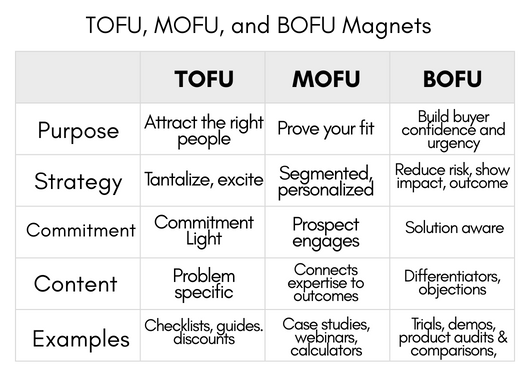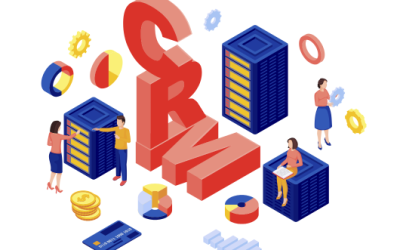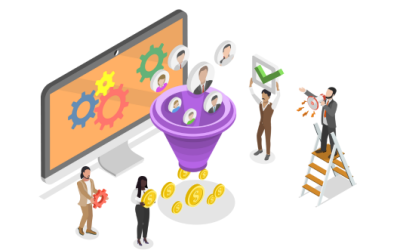It is 5 minutes before the zoom call with a new prospect who is seriously considering a service contract. It is time to grab the prospect’s information and log in to zoom, but where is the prospect’s information? The business owner remembers their name and remembers taking notes. What was the prospect’s need? Which service are they inquiring about? Where are the notes? Are the notes in one of several “prospect” spreadsheets? Is it in an email?
Time’s up!
The call begins and pleasantries are exchanged. Now, it is time to get down to business but before that is done, questions need to be asked. The same questions were answered in the previous week. The prospect is frustrated, so the remainder of the call is awkward. There is doubt that the prospect will sign a service contract.
After the call and a quick refill of coffee, out of the corner of the business owner’s eye is a yellow sticky note with the prospect’s name. There is the information! The sticky note fell behind the computer monitor. Because of the hidden sticky note, the service contract was not signed. The hidden sticky note cost the business owner a new annual service contract.
This is the cost of misplaced prospect information.
Having prospect and customer information at our fingertips can be the difference between a signed service contract and not. If we are not prepared for sales calls, the prospect will feel that its need is unimportant. How can we avoid the cost of misplaced information and make prospects feel on top of the world during sales calls?
The answer is using a CRM to centralize prospect and customer data so that it is at our fingertips and easily accessible. Let’s look at the benefits.
Prospect information is always up to date.
When business owners are not using a CRM that is accessible no matter where they are, they rely on notetaking apps, pen, and pad, or even their memory.
With a CRM, it does not matter if you are on the phone at your desk, sitting at a coffee shop, or meeting with the prospect in person, you always have their information in front of you. This means you can speak to the prospect with confidence and make updates as needed from subsequent conversations. With a CRM, your prospect is always up to date when you use it in this way.
You always know where the prospect is in your sales cycle
An area of frustration among sales teams is wondering where a prospect is in the sales cycle. This is especially true when a salesperson is asked to cover for another salesperson, and they feel like they are grasping for straws in the wind.
With a CRM, a sales funnel with stages can be defined. As the prospect moves between each stage, everyone on your sales team knows what to do because they know where the prospect stands in the funnel.
Automation can be used to nurture the prospect relationship in the sales cycle, prospects need to be nurtured with content to guide them to buy. This can be done manually. However, business owners and salespeople have limited time each day to complete tasks. This causes delays and frustration which either extends the sales cycle or the prospect to abandon the sales cycle.
With a CRM, automated content can be set up in each stage of the sales funnel that is triggered when the prospect enters the funnel and moves from stage to stage. The prospect is receiving information in a timely manner which alleviates frustration and keeps the sales cycle going.
You can learn from prospect behavioral patterns so you can close sales faster
Prospects and their buying behavior can change based on circumstances like inflation or technology. When prospect information is scattered among spreadsheets and sticky notes, it is hard to see behavioral patterns. This can be costly.
With a CRM, business owners can analyze the data. They can see the characteristics of their best customers. They can see characteristics of customers that eat away profit. They can see patterns of buying behavior over time. Rather than being costly, CRM helps the business owner grow their customer base and profit because as buying behavior changes, they continue to meet the need of their prospects.
Conclusion
When prospect and customer information is not centralized, it costs the business. Take a look at your business. Is misplaced information creating missed opportunities? Are you using a CRM to centralize your prospect information?
If you are not using a CRM, contact us to schedule a demo of X2CRM, an open-source CRM. X2CRM helps you centralize your data and brings your sales team together so you are not missing opportunities due to misplaced prospect information.






